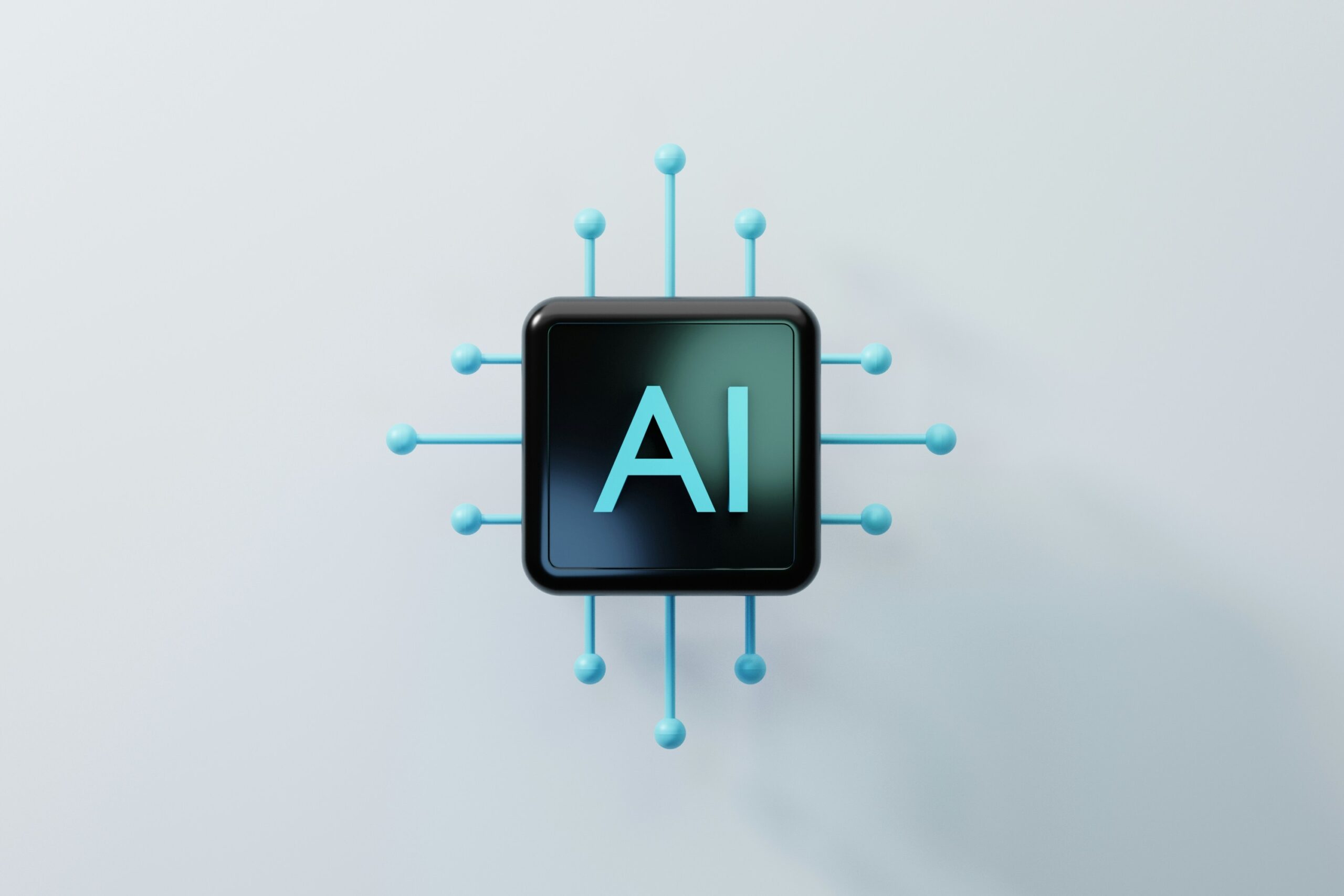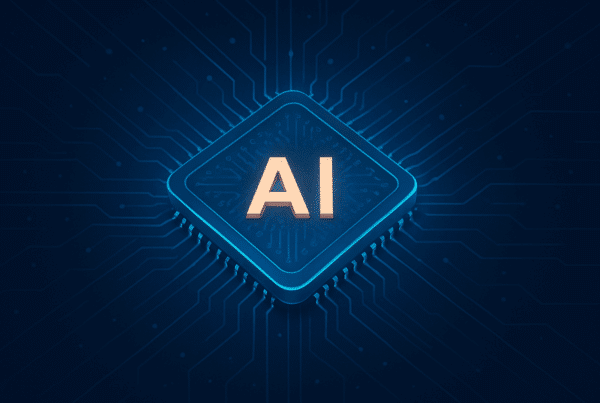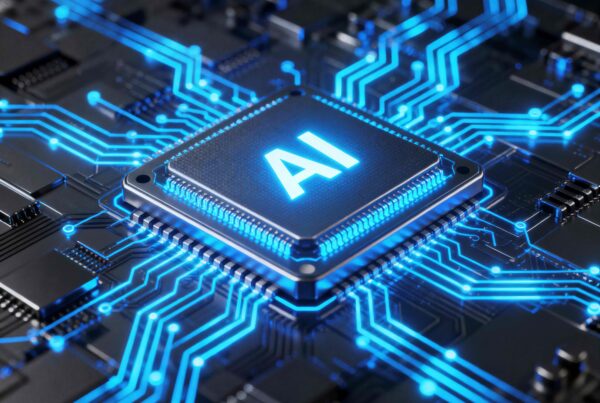The Impact of AI in Machine Vision: Revolutionizing Industries and Beyond
It feels as if AI is the hot topic of conversation in a variety of fields, and one of the areas where it has truly made an impact is machine vision. Machine vision, the ability of a computer or machine to interpret and understand visual information from the world, has evolved from a niche technology to a critical tool across industries such as manufacturing, healthcare, automotive, and agriculture. By incorporating AI into machine vision systems, these systems can now perform complex tasks with unparalleled accuracy and efficiency, ushering in a new era of automation.
The Role of AI in Enhancing Machine Vision
AI technologies, particularly machine learning (ML) and deep learning (DL), have greatly expanded the capabilities of machine vision systems. Let’s explore some ways in which AI is enhancing this field:
- Improved Accuracy and Precision
AI-powered machine vision systems can be trained on vast amounts of data, allowing them to recognize objects, patterns, and defects with much higher accuracy than traditional systems. Deep learning algorithms, such as convolutional neural networks (CNNs), can automatically extract features from images, identify objects, and classify them with impressive precision. This is particularly beneficial in quality control applications, where even small defects or anomalies in a product must be identified to ensure high standards.
- Automation and Speed
In industries like manufacturing and automotive, speed and efficiency are critical. AI-driven machine vision systems can perform real-time analysis of images and make split-second decisions, far surpassing human capabilities. This automation leads to faster production cycles, more efficient workflows, and reduced error rates. In some cases, AI systems can even identify potential issues before they become critical, improving preventative maintenance, and minimizing downtime.
- Adaptability and Learning Capabilities
One of the most exciting aspects of AI in machine vision is its ability to improve over time. Using deep learning, these systems can be trained on a variety of data sets and learn from experience. This makes them highly adaptable to changing environments or new objects that they may not have encountered before. For instance, an AI machine vision system used for quality control can improve its ability to spot defects even if the appearance of the product changes slightly, adapting to new production techniques or designs.
- Real-Time Decision Making
AI in machine vision enables real-time decision-making, which is crucial for tasks such as autonomous driving or robotics. For example, self-driving cars use AI-powered machine vision systems to recognize road signs, pedestrians, and other vehicles, allowing them to navigate complex environments safely. Similarly, robots in manufacturing plants use AI to identify components, assemble products, and detect defects, all while adapting to changes in the production line in real time.
- Cost Reduction
By automating processes and improving efficiency, AI in machine vision can lead to significant cost savings. For instance, in industries such as agriculture, AI-powered vision systems can automate tasks like crop monitoring and weed detection, reducing the need for labour and increasing crop yields. In quality control, AI can spot defects earlier in the production process, reducing waste and avoiding costly product recalls.
Industry Applications of AI in Machine Vision
The benefits of AI-powered machine vision are being felt across a wide range of industries. Here are a few notable examples:
- Manufacturing and Quality Control
Machine vision has long been used for quality inspection in manufacturing, but with AI, its capabilities have expanded dramatically. AI-powered systems can now detect tiny flaws in products, such as micro-cracks or defects that would have been invisible to the human eye. Furthermore, AI can also monitor assembly lines for process optimization, ensuring that the most efficient methods are being used.
- Healthcare and Medical Imaging
In healthcare, AI-driven machine vision has made significant advancements in medical imaging. AI algorithms can analyse X-rays, MRIs, and CT scans to detect early signs of diseases such as cancer, heart disease, and neurological disorders. These AI systems can improve diagnostic accuracy, speed up the review process, and assist doctors in making more informed decisions.
- Autonomous Vehicles
Autonomous vehicles rely heavily on machine vision systems to navigate and make decisions in real time. AI plays a critical role in allowing these vehicles to recognize and respond to traffic signs, pedestrians, road conditions, and other vehicles. As AI continues to evolve, autonomous vehicles are becoming more adept at handling complex driving environments, bringing us closer to a future where self-driving cars are the norm.
- Agriculture and Precision Farming
AI-powered machine vision is also transforming agriculture. With the help of drones and cameras, AI systems can analyse crop health, detect pest infestations, and monitor plant growth. This enables farmers to optimize irrigation, fertilization, and pesticide use, ultimately leading to more sustainable and efficient farming practices.
- Retail and Consumer Experience
In retail, AI-driven vision systems are being used to enhance the customer experience. For example, AI-powered cameras can analyse shopper behaviour in stores, tracking how customers move through aisles and which products they interact with. This data can be used to optimize store layouts, product placement, and marketing strategies. Additionally, AI is used in cashier-less stores, where machine vision systems identify products being purchased and automatically charge customers without the need for human cashiers.
Challenges and Future Outlook
While AI in machine vision has made incredible strides, there are still some challenges that need to be addressed. One of the primary hurdles is the quality and diversity of the data used to train these systems. For AI to be effective, it requires large, high-quality datasets, and in some industries, collecting this data can be difficult or expensive. Additionally, the complexity of certain tasks can still pose limitations for AI systems, especially in unstructured or dynamic environments.
Despite these challenges, the future of AI in machine vision looks incredibly promising. As AI technology continues to evolve, we can expect even greater advancements in precision, adaptability, and real-time decision-making. From improving manufacturing processes to revolutionizing healthcare, AI in machine vision has the potential to reshape the way we work and live.
What do you think about the prospects for the Automation industry and its labour market given the advancements in AI technology?
If you’re hiring or looking for your next opportunity in the world of automation and machine vision, reach out to theo@akkar.








